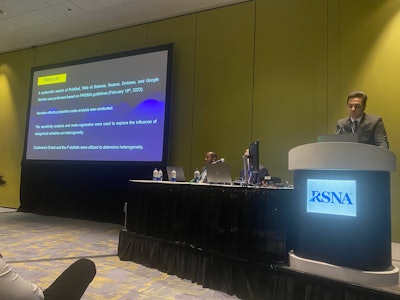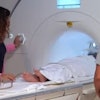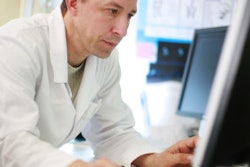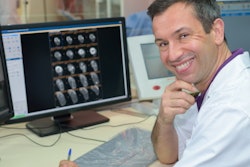CHICAGO -- Radiologists and trainees face widespread symptoms of burnout such as emotional exhaustion and depersonalization, suggest findings presented November 28 at the RSNA 2023 annual meeting.
In his presentation, Pedram Keshavarz, MD, from the University of California, Los Angeles also found that residents and trainees are at moderate risk of burnout with the highest rate of low personal accomplishment compared to others in the field.
“The high rates of depersonalization and emotional exhaustion are warning signs for professional dropout and retirement,” Keshavarz said.
It’s no secret that burnout impacts radiologists, with previous studies demonstrating that this may impact radiologists potentially leaving the field altogether. As defined by the World Health Organization (WHO), burnout is the result of unmanaged chronic workplace stress. Sleep deprivation, high workloads, low salaries, and multiple responsibilities are contributing factors to burnout.
Keshavarz and colleagues reviewed studies that reported the burnout of practicing and training radiologists in the U.S. based on the Maslach Burnout Inventory-Human Services Survey. The team conducted a systematic search of PubMed, Web of Science, Scopus, Embase, and Google Scholar based on guidelines from the Preferred Reporting Items for Systematic Reviews and Meta-Analyses (PRISMA).
In total, the team included nine studies with 15,135 participants, including 13,257 practicing radiologists with subspecialty training. Of the subspecialties, the team included data from pediatric (n = 1,453), musculoskeletal (n = 1,248), cardiothoracic (n = 874), breast (n = 2,280), and interventional radiology (n = 7,402). Additionally, data from 1,878 residents and trainees were included.
 Pedram Keshavarz, MD, from the University of California, Los Angeles presents findings on how radiologists of differing subspecialties, as well as residents and trainees, face risk of burnout.Amerigo Allegretto
Pedram Keshavarz, MD, from the University of California, Los Angeles presents findings on how radiologists of differing subspecialties, as well as residents and trainees, face risk of burnout.Amerigo Allegretto
The researchers found that trainees including residents had the highest rate of lack of personal accomplishment at 58%. They also found that breast imagers had the lowest lack of personal accomplishment at 9%, but also the highest rate of emotional exhaustion at 69%.
Additionally, the team reported that cardiothoracic radiologists had the highest pooled proportion rate for depersonalization at 79%, followed by breast imaging radiologists at 63%, and pediatric radiologists 61%, respectively.
Finally, the researchers found that the following factors were positively tied to lower emotional exhaustion and higher personal accomplishment: having a partner, having a child, and having a debt level less than $200,000. They noted that this “especially went for R3 diagnostic or interventional radiology residents.
Keshavarz said that based on the team’s results, future research should focus on studying interventions aimed at preventing or decreasing these common burnout symptoms. Responding to an audience question on remote work’s potential impact on burnout, he said that future studies may divide radiologists by remote versus in-office work, as well as clinical versus academic radiology among other areas.
“We suggest and require large cross-sectional studies that impact the progression of burnout syndrome among radiologists,” Keshavarz said.



















